A startling 65% increase in government drone registrations across New York State since 2022 has raised alarms about unchecked surveillance, according to a New York Civil Liberties Union (NYCLU) report based on 2024 Federal Aviation Administration (FAA) data. With 876 drones now operated by 127 agencies, including a massive expansion by the NYPD, the proliferation of advanced unmanned aerial vehicles (UAVs) threatens privacy and civil liberties, prompting urgent calls for regulation.
Unprecedented Drone Expansion in New York
The NYCLU’s latest findings reveal a dramatic uptick in government drone use. In 2022, 85 agencies registered 530 drones; by 2024, the count surged to 876 across 127 entities, a 65% rise. Law enforcement dominates, operating 508 drones, with the New York City Police Department (NYPD) alone escalating from 19 to 99 registrations—a 421% increase.
“The dangers posed by these incredibly powerful spying devices are hard to overstate, and they’re being used with virtually no regulation,” the NYCLU warns.
Notably, some agencies, like Nassau County Police (previously 33 drones) and Yonkers Police, vanished from the 2024 data. The NYCLU is seeking clarification from the FAA on whether these departments failed to re-register or ceased operations, highlighting gaps in oversight.

Advanced Capabilities Fuel Surveillance Concerns
Modern drones are no longer simple quadcopters. Equipped with very powerful telelenses, thermal imaging, and AI-powered subject recognition, these UAVs can track individuals or vehicles across vast areas. Some feature “follow-me” functions for autonomous pursuit, infrared sensors, or tools enabling near-unlimited flight times.
“Drones can be so small or operated from such great distances, you likely wouldn’t notice them if they peered into your home’s window,” the NYCLU notes, underscoring their stealth.
The integration of drones with systems like ShotSpotter, which triggers NYPD flights in response to alleged gunshots, amplifies risks. Studies have questioned ShotSpotter’s accuracy, yet its alerts prompt drone deployments, often in communities already overburdened by policing. The NYCLU warns that such pairings could entrench systemic biases, as drones collect data indiscriminately, potentially feeding flawed arrests.
Drones as First Responders: A Troubling Trend
A growing number of departments, including the NYPD, Yonkers, Schenectady, Syracuse, and Hempstead, have adopted Drones as First Responder (DFR) programs. These initiatives deploy UAVs, often autonomously, to 911 calls or alerts.
The NYCLU criticizes DFR as unproven: “There is no evidence drones provide meaningful benefits or work well as First Responders.”
Instead, they argue, drones prioritize surveillance, risking “mission creep” where minor incidents trigger aerial oversight.

In Hempstead, the police partnered with Flock Safety, integrating drones with license plate readers and real-time crime centers. Flock’s data-sharing practices have drawn scrutiny for enabling pervasive monitoring. “This fully integrated system threatens to create a state of total surveillance for Village residents,” the NYCLU asserts, warning of a dystopian future where movements are tracked relentlessly.
Privacy and Civil Liberties at Risk
The NYCLU documents real-world abuses. Drones have surveilled protests, from Black Lives Matter demonstrations to racial justice rallies, often without transparency. In 2020, U.S. Customs and Border Protection deployed a Predator drone over Minneapolis protests, while Baltimore’s aerial program was ruled unconstitutional for its blanket surveillance.
“Constant drone deployment can negatively impact people’s quality of life, trigger trauma responses, and create chilling effects on their free speech,” the NYCLU reports, citing New Yorkers’ anxiety over drones hovering near homes.
While no New York drones are currently armed, their potential for weaponization looms, warns the NYCLU. The organization points to incidents elsewhere—like Dallas police using a robot to kill a suspect—as a cautionary tale. Without laws prohibiting armament, the risk persists.
Regulatory Void and Legislative Urgency
New York’s drone policies are woefully inadequate, reports the NYCLU. The NYPD’s guidelines, for instance, haven’t evolved to address DFR or ShotSpotter integrations. When idle, NYPD drones patrol neighborhoods, violating internal rules and capturing incidental footage through windows or over backyards.
“The NYPD has not accounted for what it will do with the video footage,” the NYCLU notes, raising questions about data retention and access.
The NYCLU urges lawmakers to act swiftly. Proposed measures include banning drone surveillance of First Amendment activities, requiring warrants for investigative use, and prohibiting facial recognition or weapons. They also demand public oversight, with clear rules on data handling.
“We can’t count on law enforcement agencies to police themselves,” the NYCLU insists, calling for state-level intervention to curb “sci-fi-inspired aerial surveillance.”
Industry Context: A Booming Market Meets Lax Oversight
The drone surge aligns with market trends. Drones are cheaper—entry-level models cost under $1,000—and vendors like DJI and Skydio offer aggressive promotions. Governor Hochul’s budgets have funneled millions to local police for surveillance tech, including UAVs, without strings attached. This financial pipeline, coupled with market consolidation, fuels adoption. Globally, the drone market is projected to hit $63 billion by 2030, with public safety a key driver.
Yet, FAA regulations lag. While commercial pilots must pass Part 107 tests, government agencies often operate under looser Certificates of Authorization, bypassing strict oversight. The FAA’s 2024 Reauthorization Act promises Beyond Visual Line of Sight (BVLOS) rules by September, but privacy protections remain absent, leaving states to fill the gap—or not.
DroneXL’s Take: Balancing Utility and Accountability
Drones offer undeniable benefits—search-and-rescue, infrastructure inspection, disaster response—but their surveillance potential requires scrutiny. The NYCLU’s data exposes a regulatory blind spot: agencies are amassing fleets faster than lawmakers can respond. For DroneXL readers, from professionals to hobbyists, this signals a dual challenge. Responsible operators must advocate for clear rules to maintain public TRUST, while pushing back against blanket restrictions that could stifle innovation.
The NYPD’s 421% fleet growth and DFR experiments reflect a rush to deploy without adequate guardrails. Pairings with Flock Safety or ShotSpotter risk entrenching surveillance in ways that erode liberties, especially for marginalized communities. Yet, banning drones outright ignores their value. The solution lies in targeted legislation—warrants for surveillance, bans on biometrics, and transparent data policies—to ensure drones serve the public, not control it.
New York’s drone boom is a microcosm of a global debate: how to harness UAVs’ potential while safeguarding rights. Without action, the skies may become a frontier of unchecked power. The NYCLU’s call for reform is a wake-up call—lawmakers must heed it before surveillance becomes the default.
Discover more from DroneXL.co
Subscribe to get the latest posts sent to your email.
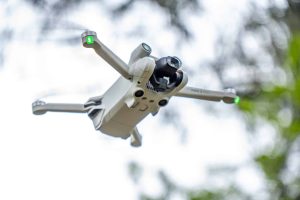
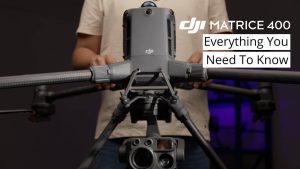

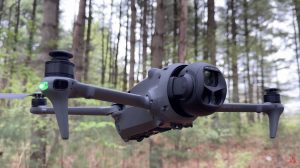
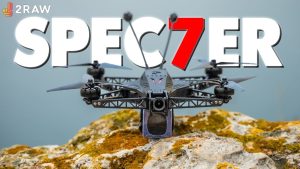
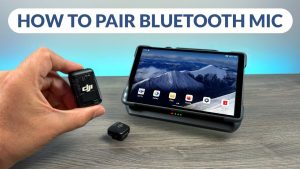
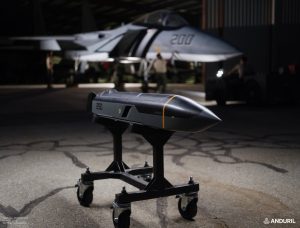
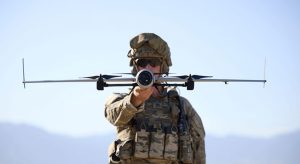
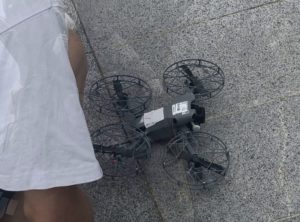
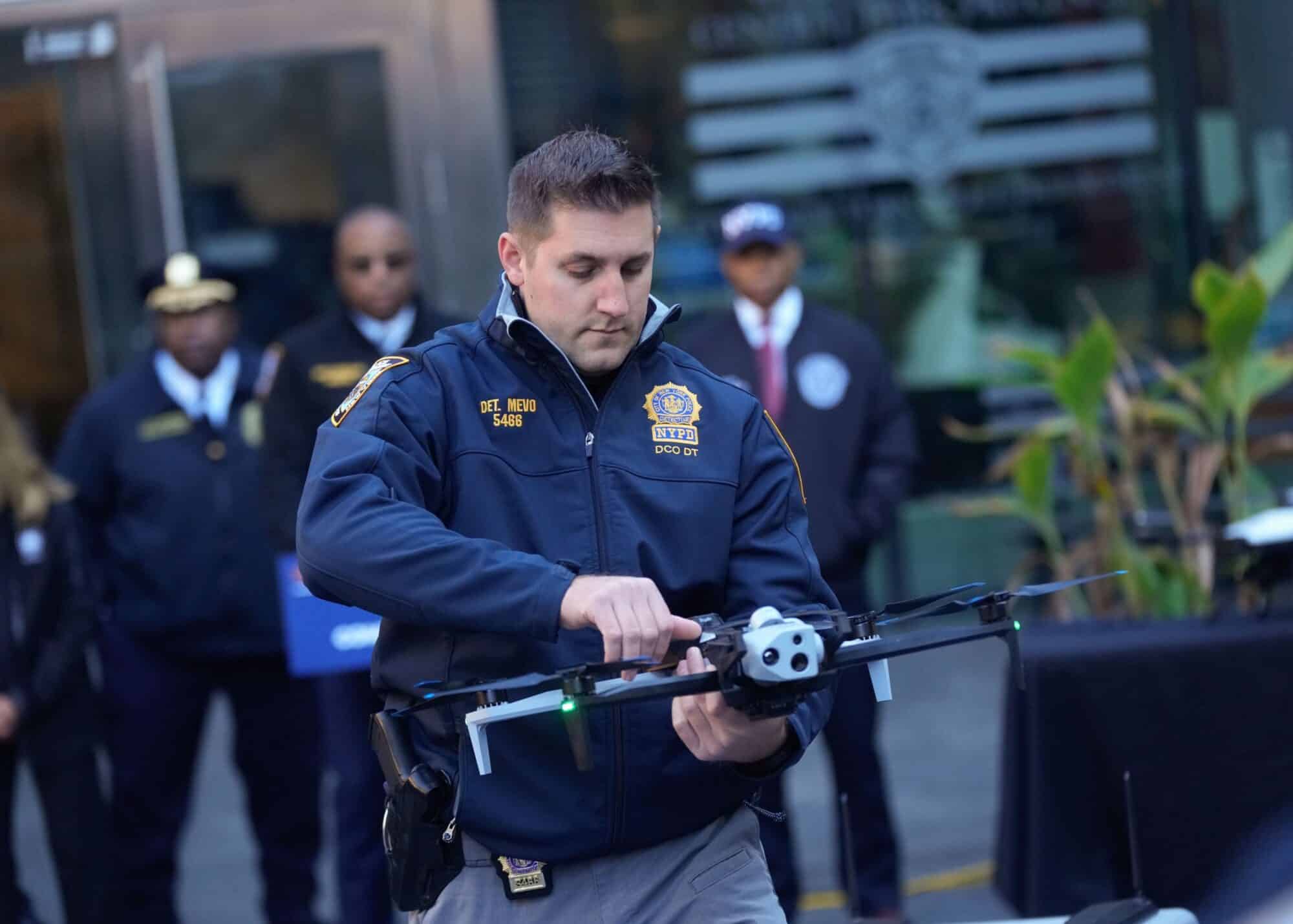
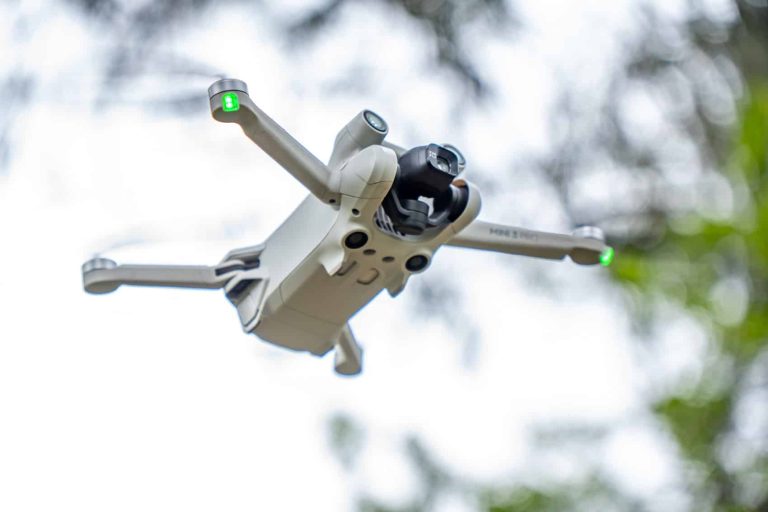
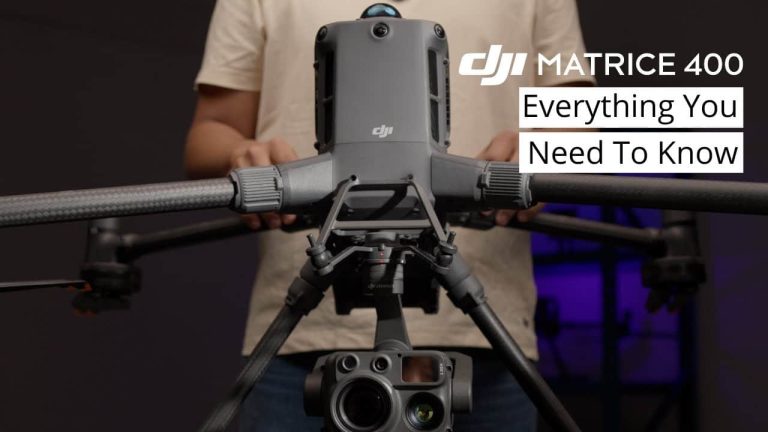

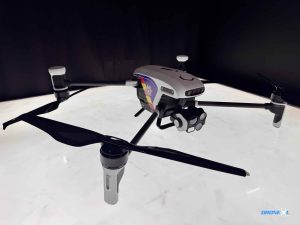

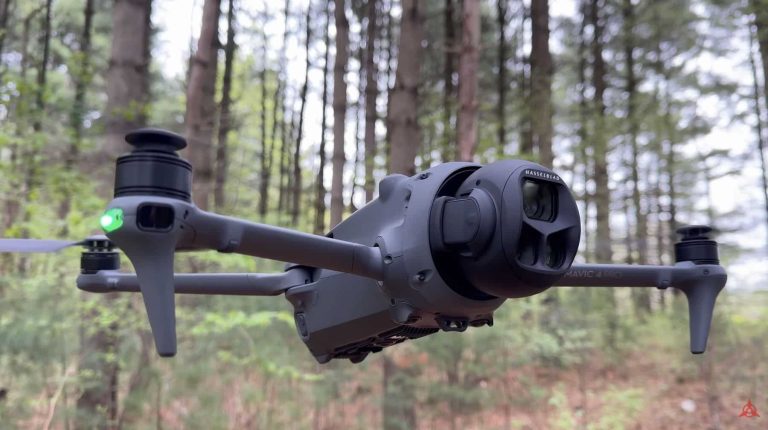
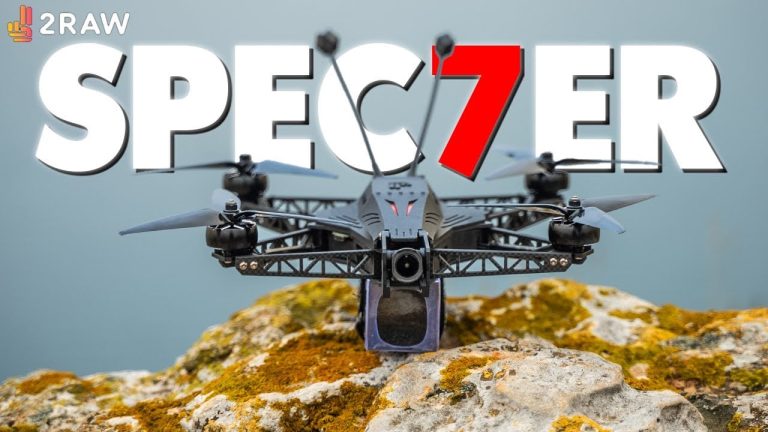

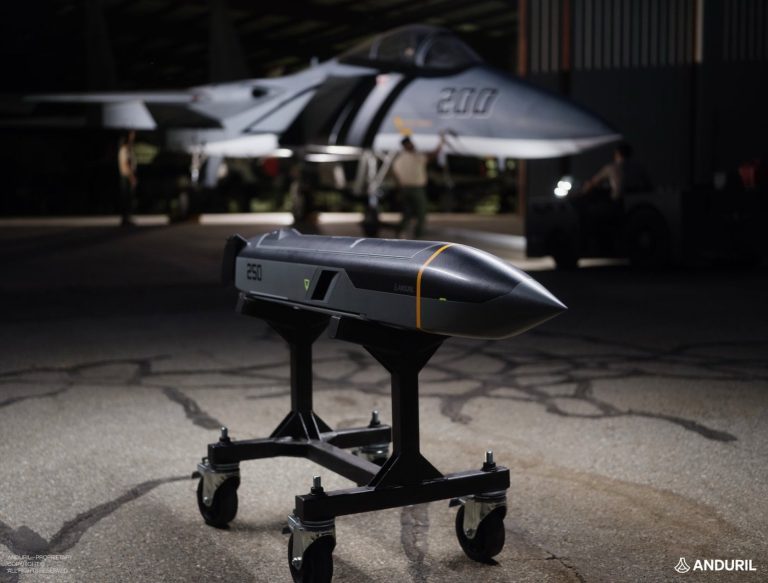
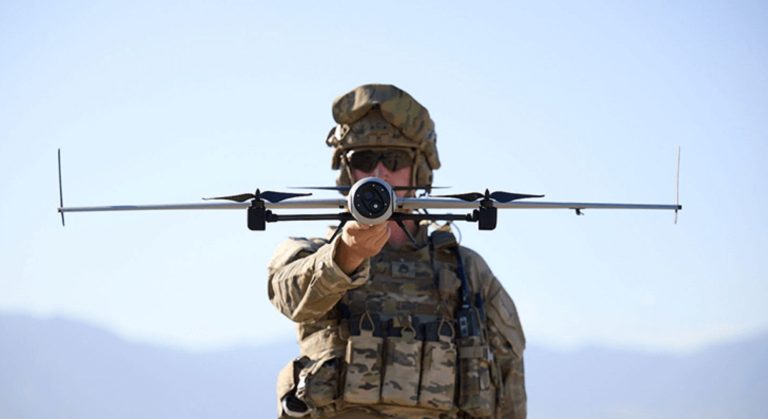
+ There are no comments
Add yours